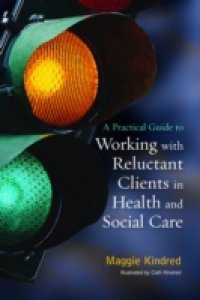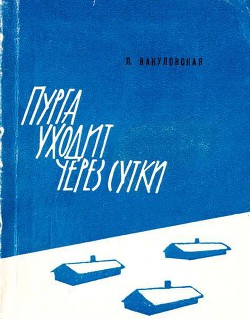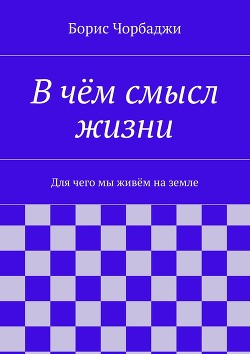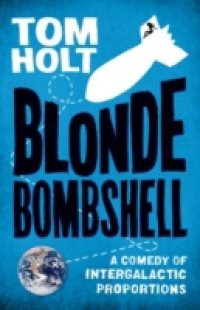Ocean structures, including ships, boats, piers, docks, rigs and platforms, are subject to fair weather wind and waves, as well as violent storms. A scientific analysis of these structures, under varying conditions, requires a mix of civil engineering, physics and applied mathematics. Chapters by experts in these fields are presented which explore the nonlinear responses of ocean structures to stochastic forcing. Theoretical methods calculate aspects of time, frequency and phase space responses. Probabilities governed by stochastic differential equations are investigated directly or through moment correlations, such as power spectra. Calculations can also involve level crossing statistics and first passage times. This book will help scientists study stochastic nonlinear equations and help engineers design for short term survivability of structures in storms and long life in the face of everyday fatigue.Contents: Preface (M F Shlesinger & T Swean)Stabilization and Stochastic Bifurcation with Application to Nonlinear Ocean Structures (R A Ibrahim)Controlling Chaos in Temporally Varying Environments and Applications to Engineering Systems (M Ding)Modeling of Nonlinear Ocean Systems (A Kareem et al.)A Methodology for Analysis and Design of Sensitive Nonlinear Ocean Systems (S C S Yim & H Lin)Failures of Stochastically Excited Systems (G Q Cai & Y K Lin)Extremes and High Level Exceedances of Stationary Random Fields for Ocean Structure Reliability (M R Leadbetter & I Rychlik)Melnikov Processes and Noise-Induced Escapes: Applications to Engineering, Physics, and Biology (M Franaszek et al.)A Sharp Melnikov-Theoretic Criterion for Escape from a Potential Well (M R Frey)Stochastic Models for Disordered Periodic Processes and Their Applications (Z Hou et al.)Levy Statistics of Water Loading on Ships and Platforms (B J West)Identification of Low-Order Equations of Motion for Nonlinear Stability Studies (P A Palo et al.)Dynamics Modeling of Tension Leg Platforms (R S Adrezin & H Benaroya)A Rule Base for Creating an Expansion of the Fokker–Planck Equation (E M Weinstein)Readership: Civil engineers, physicists and mathematicians.Key Features:Original blend of theory and experimentComprehensive treatment of the fieldNew topics of interest have been added to this second edition, e.g. helium clusters, quantum effects (superfluidity) in hydrogen clusters, determination of cluster structures by ion mobility experiments, reactivity of aluminium clusters, melting of aluminium and gallium clusters, reactivity of gold clusters, and metal oxide clusters

















